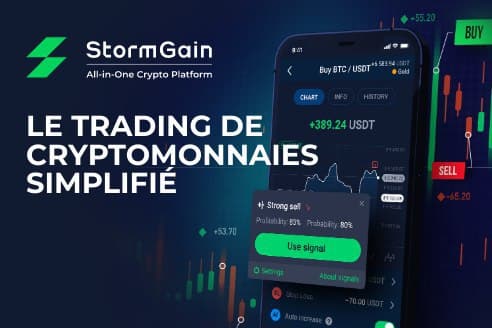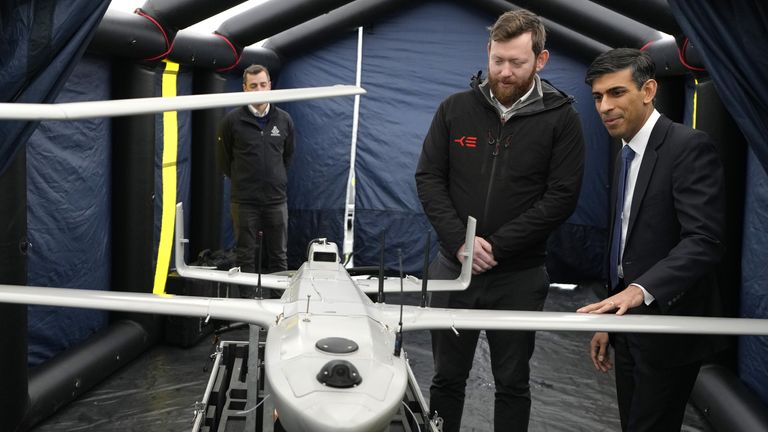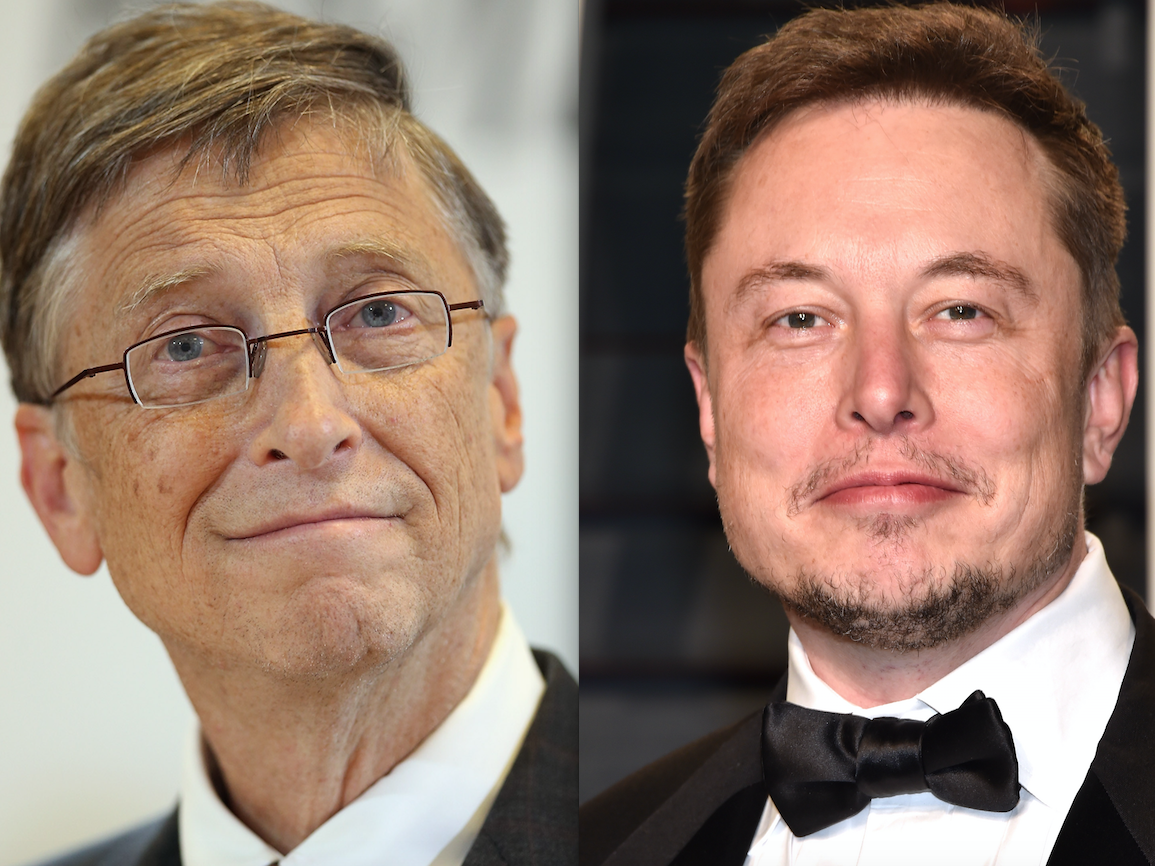Everyone knows about Miami’s famous Art Basel, but the NFT craze has opened the doors for a new kind of exhibition. Wealth management platform Elitium and blockchain investment firm GDA Capital have teamed up for the first-ever physical NFT showing of its kind.
NFT BAZL promises to be a game-changing event for both the blockchain and art industry. Curated by Estelle Ohayon, the event has signed Daniel Mazzone, Paul Ruosso, Super Buddha, and a group of other prominent digital artists. It’ll also feature live auctions on Elitium’s in-app marketplace which will then provide artists with automatic royalty payments for their sold work.
We sat down for a chat with the organizers, Elitium’s Raoul Milhado as well as GDA Capital’s Ori Ohayon and Michael Gord. They gave us a better idea of what both crypto enthusiasts and art collectors can expect to see on June 2nd at The Temple House in South Beach.
Q: What is NFT BAZL in a nutshell?
Ori: With NFT BAZL we’ve essentially created the world’s first physical gallery where we’re going to be able to showcase both physical and digital pieces of art and sell them both using an NFT. So we’ve essentially figured out a way to digitize the deed of ownership to a physical piece of art, tie it to a QR code that ties to the Elitium platform, and then we can transfer ownership.
When you’ve seen people in the typical NFT market selling digital art, they’ve learned how to sell the deed of ownership to a digital image. We said, “Why can’t we transfer that and apply this tech to the same physical piece of art?” So what we’ve done with NFT BAZL, enables us to transfer ownership of digital and physical assets using the NFT.
We’ve bridged the gap: we brought in a team of close to 20 of the world’s best-known artists, and we got them to bring both physical and digital pieces of art. They’re both going to be on display at the same time, at the same venue, on the same wall and sold using the same tech!
Raoul: Maybe you can share a bit of background information on how you were able to get all of these artists. Obviously, Elitium is doing the technology side of things, but maybe you can elaborate a little bit on your network, GDA’s network, and how we were able to get all this to work.
Ori: So I’ll give you a bit of my background and that will explain a little bit of how I thought of this, how we created this idea.
I was basically a banker straight out of university. I worked at Goldman Sachs where I worked on equity sales and trading and then started developing the Bitcoin trading desk. The experience was phenomenal but I wanted to challenge myself and build my understanding of traditional capital markets. So I moved to TD Securities after a couple of years to start trading equity derivatives, and eventually, I got bored of that.
After a couple of years, I started talking to Michael, who’s CEO of GDA, and he said, “Why don’t you come to join us and start working with our portfolio companies to build out their lead in their business development, Leveraging your understanding of fintech and capital markets.” Essentially, add rocket fuel to their existing ships and help them accelerate their existing offer.
So I moved over to GDA and the first company that was in front of me was Elitium. I started talking to Raoul and quickly figured out that what Elitium has created is the wealth management and fintech platform of the future. Essentially, being able to manage your wealth without requiring a physical bank.
I said, “Why don’t we show people that we can use Elitium as a fintech platform to carry out all your transactions? Given that Elitium’s already got this boutique and high-end appearance, why don’t we start with art?” Art I’m already tied into because my mom is an art dealer, so I said, “Why don’t we try high-end art?”
If we can learn to transfer the deed of ownership of a physical piece of art, we can apply this to essentially anything and just use Elitium as your bank account and use the Elitium credit card as a method of payment. Our goal with NFT BAZL is to show that we can bridge the gap between digital and physical assets and show that we can use digital banking to buy physical assets.
So we started working a couple of months ago, it took off, we onboarded a crazy, crazy roster of artists. We have people contacting us from left, right, and center.
We’ve essentially created a technology that’s going to be applied to every sector. We’re going to be able to apply this NFT technology and fintech to real estate, to sports, to memorabilia, to physical collectibles, and digital collectibles.
Q: What is the biggest advancement of NFT art and Elitium for artists?
Ori: There’s a couple of things. First, it gives the artists access to GDA and Elitium’s network of both digital asset investors and physical asset collectors. So we’ve bridged the gap between an art collector and a bitcoin buyer. That was the first value added. We’re essentially compiling those two worlds, which is why we did NFT BAZL.
Art Basel obviously is the traditional art show that happens in Miami. We said, “Why don’t we turn that into our own digital NFT event where we’re showing physical art?” So we’re bringing that value proposition.
The second value proposition we’re bringing to the client is basically that the artist will be able to collect royalty on their piece of art. So as time goes on in the secondary market, guys who are originating new masterpieces for this event will be able to collect the royalty over time. For a lot of these artists, this is a massive value-add.
Also for these artists, they’re given the ability to showcase their canvases, their sculptures, all these physical pieces of art next to their digital renderings and their digital clips. It allows them the space to show both of their styles of art.
Raoul: Maybe I can elaborate here from an Elitium perspective as well. The event itself will be hosted on the 2nd of June in Miami in The Temple House. Obviously, a few days prior we’ll be opening up the auctions already. We’re basically combining the reach of the Internet with actual real events. I think that’s kind of what is the value for the artist. Well, we can target a whole new user base, which they couldn’t do before.
Ori: By leveraging blockchain, we can show the story of ownership for each of these pieces of art. When you go into the secondary market and pieces of art become collectible over time, it becomes more and more difficult to prove where the piece was originally bought, who paid for it, where it was held, or if there was any work done to the piece. By using the blockchain, we can show who bought which piece, where, at what price, and all that data over time. This maybe exists in digital art, but no one’s ever done it on physical art. By doing this, we can really streamline the secondary market for the physical art market.
Q: Why should investors get NFT art in their portfolios?
Ori: Since the onset of digital assets, we’ve seen asset managers try to find different ways to diversify their portfolios. Over the last few years, you started hearing people saying you should put five percent, 10 percent of your assets, in digital assets because the traditional equity markets are just not fulfilling the returns that our investors need. Over the last five or six years, cash balances for these assets have gone through the roof. People are holding up to 50% in cash, just holding for an interest rate.
The reason we started thinking of this is to try to find a way to diversify investors’ portfolios. So by creating an asset offering over wealth management that is capable of investing you in art and diamonds and in real estate, even putting your money in a vault, for example, on a digital exchange, you’re essentially earning a greater return than you would in traditional equities at this point.
We found a way to diversify investors’ portfolios by using a clean digital exchange and a wallet like the one Elitium has created. It’s an invite-only platform, it’s perfect, and it’s tidy on top of all that. It’s very palatable for a traditional investor.
Q: What is the most important aspect of the NFT revolution?
Raoul: Basically, what it does, and what blockchain does in general, is it’s giving the power back to the people. So everybody talks about decentralizing this and decentralizing that. I think NFTs are a good example. Because of NFTs, like Ori was saying, you have the official ownership of every piece of art you can register using the blockchain, so the artist is more in control. The artist can take control back.
Ori: In the traditional art markets they let go of control by giving it to the galleries. The galleries dictate their pricing, the galleries control who their pieces of art are in front of. Leveraging Elitium we’ve essentially created a market where artists don’t have a gallery to report to. They simply provide the masterpieces to us and we will showcase it, exchange it, and sell it over a blockchain. So we’ve erased the middleman and we’ve basically beat the galleries if this project works.
Q: How can collectors use Elitium to protect their investments?
Raoul: On the investment side, besides the fact that we are creating new asset offerings, what we are developing right now is going to be called NFT farming. We’re basically going to generate yields for people who keep NFTs with Elitium. This way we incentivize people for holding the NFT in the wealth management platform. On the other side, we’re going to incentivize the artist because we will be able to provide them with royalties. So what we’re creating is a whole new ecosystem where we both incentivize the buyers as well as the artist by using the Elitium ecosystem.
Ori: On top of that, we also create an opportunity for artists to release exclusive pieces of art without having to contact a gallery and saying, “Can I put this on display?” They basically contact Elitium and we will be able to list it on the Elitium library and people can bid on it. It plays directly into the portfolio diversification theory; we are creating the opportunity for investors to park their money in physical and digital art from reputable artists to invest their capital.
And it’s an exclusive network. It’s only a few hundred people at a time who get to see it. By doing so, we still keep an exclusive marketplace for the artists. But at the same time, they’re able to list their products without having to worry about the gallery approving them or a gallery charging them ridiculous fees. They have significantly more freedom that way. By doing so, we’re also offering our clients a massive, exclusive offering, because otherwise, how else are they going to find these pieces? Typically, it’s very difficult to get into the art market.
Q: What currency do you use in the Elitium auctions and market?
Raoul: We’re not only targeting the crypto audience here, right? Basically, we offer both fiat as well as crypto as well as Elitium. So people can go through the buying process and they can do a bank transfer, they can pay with credit cards, they can pay with all the major cryptos, and they can pay with our native currency EUM.
We’re still in the final stage of deciding what the incentive will be if you pay with EUM. But we do try to make it as accessible as possible and that’s why we also offer fiat, bank transfer, or credit card and not just crypto payments.
Ori: Which is a massive value add. What they’ve created is a wealth management platform where traditional users are comfortable using a credit card or a bank transfer to pay for something. It doesn’t only have to come from a crypto wallet. So they bridge that gap and that’s why we thought it would be so well-fitted to bring physical assets onto a digital market platform. They’ve created a good infrastructure for that.
Q: What is GDA Capital’s role in NFT BAZL?
Ori: GDA Capital is one of the early investors in Elitium. We’ve been going hand in hand in a lot of projects with them to help them get off the ground and find investors to develop their product. What we wanted to do is to come up with a venture we can take to market with them where GDA and Elitium will partner up to bring multiple assets onto the Elitium platform.
GDA has a massive network of projects and access to very unique and rare opportunities. Once in a while, we will get access to deals that actually make sense for the Elitium platform. What we wanted to do is to be able to funnel those into Elitium, use Elitium infrastructure and client base, and leverage that to bring them into the Elitium ecosystem.
Raoul: To create the bridge between the traditional world and the world of blockchain.
Michael: For the past eight years, our focus has been on bringing mainstream adoption for digital assets. Everything we do is focused on pushing digital assets into the mainstream, and bringing famous artists and mainstream audiences into the digital asset universe can move the needle in terms of adoption. Elitium is a platform for the future of wealth management and is exactly the kind of thing that we want to be investing into and participating in.






